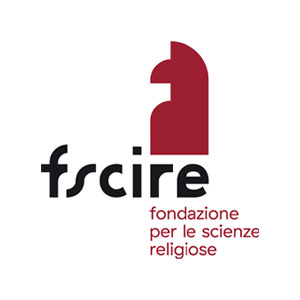Lebanon
RELIGIOUS MINORITIES IN LEBANON
Many other unrecognized belief minorities exist in Lebanon – including, but not limited to, Ahmadis, Jehovah’s Witnesses, Bahais, as well as agnostics and atheists. Unrecognized belief minorities do not have any rights to establish special courts or educational institutions nor to develop their own personal status laws.
However, Article 9 of the constitution guarantees these unrecognized religious minorities the right to believe and practice their religion as long as their actions do not conflict with “public order”, which is a vague wording not very clearly defined in Lebanese laws. The article applies to all religious and belief groups as it stipulates the following: “There shall be absolute freedom of conscience. The state in rendering homage to the God Almighty shall respect all religions and creeds and shall guarantee under its protection the free exercise of all religious rites provided that public order is not disturbed.”
Despite the fact that the last official census was performed in 1932, Lebanon has always been considered an oasis for different religious and belief groups to meet and celebrate their differences. This might have been true during some periods of time, but the great influence that religious groups enjoy has led, in some cases, to the weakness of the state, the emergence of deep nation-wide crises, as well as the rise of major cultural, social, ethical, ideological, and political divisions between individuals belonging to different religious groups. In short, the political practice of the past century paid much attention and power to religious groups, at the expense of individual citizen rights.
Although the 18 religious groups still wield a wide range of influence, often appearing to be stronger than the state and the rule of law (and therefore endangering the concept of equality between individuals), many changes are taking place in Lebanon. In recent years, individuals from different backgrounds are becoming increasingly inclined to reduce the influence and independence of religious groups especially in the political domain and personal status spheres.
Joe Hammoura and Ana Maria Daou
[1] Appendix 1 of Law L.R. n.60 issued on March 13th, 1936 mentions the following recognized religious groups: Islam: Sunni, Shia, Druze, Alawite, and Ismaili; Christianity: Maronite, Greek Orthodox, Greek Catholic, Latin Catholic, Armenian Orthodox, Armenian Catholic, Syriac Catholic, Syriac Orthodox, Coptic, Chaldean, Assyrian, and Protestant; the Jewish community.
[2] https://www.hrw.org/report/2015/01/19/unequal-and-unprotected/womens-rights-under-lebanese-personal-status-laws
RESOURCES

A short introduction to RMs in Lebanon is available at Minorities and Indigenous People in Lebanon, Minority Rights Group International
Darwich, M. (2014). الأقليات في لبنان والخوف على المصير, Al Jinan, 5, [only in arabic, trans. Minorities in Lebanon and Fear for their Fate]
Estephan S. (2019). Protection of religious minorities in a multi-confessional Lebanon: religious and state identity, in I. Caracciolo and U. Montuoro (eds). Protection of cultural and religious minorities, Torino, Giappichelli, 145-153
Nammour J. (2007), Les identités au Liban, entre complexité et perplexité, Cités 29, pp. 49-58
Taskin, Y. (2020). Lebanon: Confessionalism and the Problem of Divided Loyalties, in A. Triandafyllidou, & T. Magazzini (eds.), Routledge Handbook on the Governance of Religious Diversity, Abingdon, Routledge


 MENU
MENU CLOSE
CLOSE









